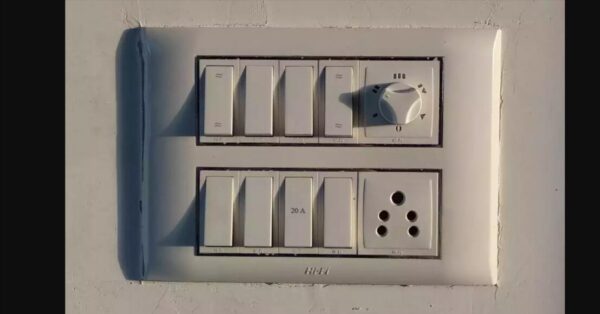When you first knew that the drains in your home needed repair, you were overwhelmed by the work that was to be done in order to repair them. But the technology has made it possible for experts to install and also repair your pipes without excavating the ground. This process is called trenchless pipe repair.
Nowadays you don’t have to destroy your beautiful landscape it took you years to maintain and make it look the way it is today. With trenchless pipe repair, according to DrainCom, you can repair your pipes effortlessly and restore the working of your sewer pipes without having to destroy your landscape. Want to learn more about everything that is involved in the trenchless water line replacement and repair? Continue reading below for more info. This information will come in handy when you want to repair your drains or call experts to do so.
- Initial Pipe Inspection
Inspecting the pipe to be repaired or replaced is usually the first step. It helps the professional plumber understand the cause of damage and the extent of the damage. Since no trenches are involved, a single small hole is dug in the yard.
The plumber uses a camera to inspect the damage by inserting it in the pipe through the dug hole. With the help of the camera, the plumber determines whether the pipe is clogged or obstructed with tree roots, crushed or broken.
- Cleaning
Cleaning is an essential part of trenchless water line replacement or repair. It helps in making the liner more adhering. If the pipe’s clogging was made by vegetation, it is best to clear it to avoid future instances of the same problem.
In response to the clog caused by roots, the plumber inserts a rotating blade inside the sewer pipe. As the blade rotates, it cuts all the roots inside the pipe, making it free from clogging. The pipe is now ready for the trenchless pipe repair.
- Pipe Lining
Pipe relining is the most efficient way of repairing pipes whose damage is not substantial. It involves coating a liner in a special epoxy and placing it in the sewer pipe. Once inside, the plumber presses it against the existing pipeline with the help of a long tube called the bladder.
After finishing pressing the liner, the plumber gives it some time to harden before removing the bladder. This waiting time is made to avoid removing the liner before it has sealed the damage. Once it is healed, the pipe becomes ready to be in use.
- Final Inspection
Although lining the pipe makes it ready for use, it is essential to check it to make sure it is in line with the repair standards. If upon inspection, the sewer line seems unfulfilling, it cannot be reconnected. Immediate action needs to be made to correct any missing detail.
However, if it fulfills the trenchless pipe repair standards, it is reconnected, and the small hole dug during the initial inspection filled. The repaired sewer pipe can now serve for many consecutive years.




